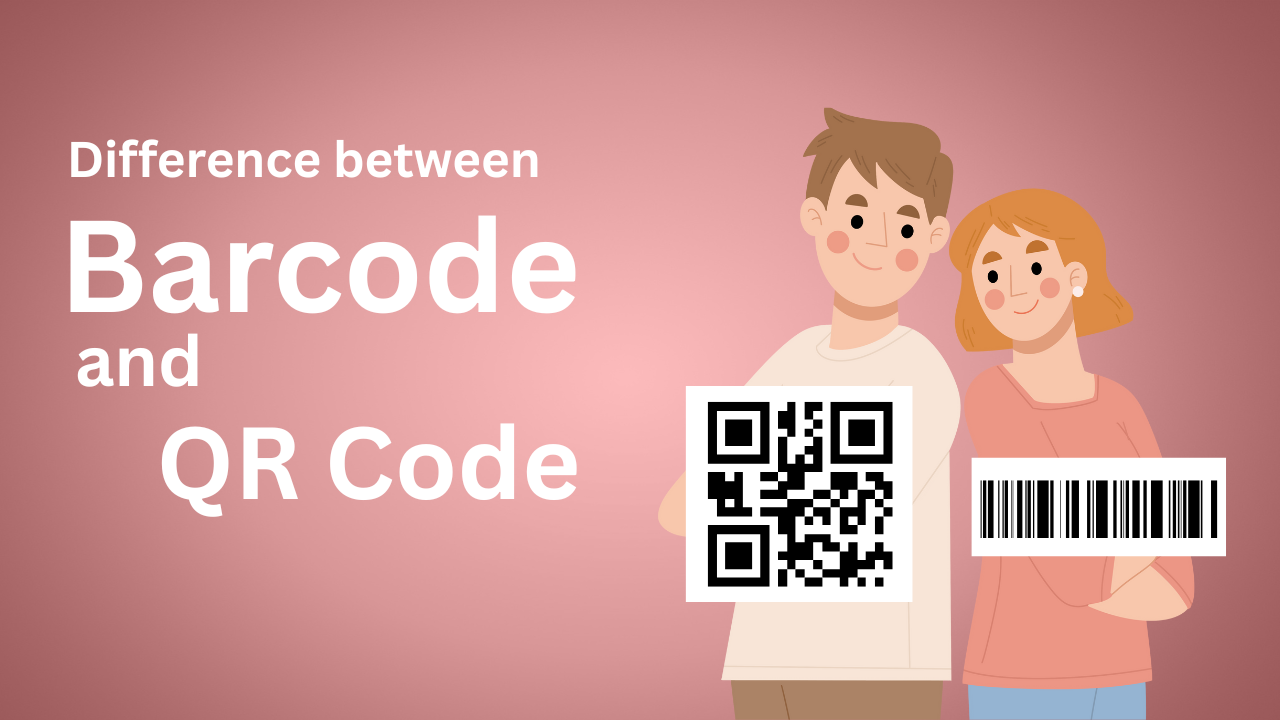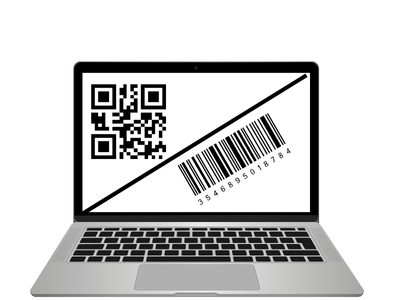
In today's fast-paced, digital world, quick access to information is critical. QR codes and barcodes are two major technologies used by organizations to encode and convey data. While 2D barcodes and QR codes play important roles in businesses such as retail, logistics, and marketing, they serve distinct objectives. We'll compare barcodes and QR codes, delving further into their origins, uses, strengths, and limitations. Whether you're searching for one for your business or simply curious, this guide will help you understand both technologies and their role in modern life.
A Brief History of the Barcode and QR Code
Barcodes were first used in the 1970s to streamline checkout and inventory operations. They became industry standards in retail, and their uses spread to healthcare, logistics, and other fields. However, standard barcodes have limits in terms of data storage capacity and scanning direction, prompting the invention of QR codes.
To address these issues, Denso Wave invented QR codes (Quick Response Codes) in 1994.Unlike barcodes, which store data in a linear fashion, QR codes include a two-dimensional matrix that allows them to hold more information and be read fast from several angles. QR codes have now become a diverse tool for digital interactions, including mobile payments, marketing, and contactless services.
What are QR codes and bar codes?
QR codes and barcodes both store information in machine-readable forms, but their structures, applications, and capabilities differ.
What's the Difference Between a QR Code and a Barcode?
QR codes and barcodes are both used to encode and store information, but their structures, uses, and capabilities differ greatly. Understanding these distinctions can assist organizations and people in selecting the most appropriate tool for their unique requirements. The next sections will look at the major differences between the two technologies, with an emphasis on data capacity, scanning flexibility, and practical applications.
Use Cases and Applications QR Codes and Barcodes
The practical uses of QR codes and barcodes are likewise diverse. Here's a summary of when each technology is most beneficial.
QR Code:

Marketing initiatives include rapid links to websites, videos, and social media profiles.
To expedite transactions, mobile wallets make full use of contactless payments.
Event ticketing allows consumers to enter venues by scanning a code on their phones.
Barcode:
At the retail checkout, quickly scan goods to track sales and obtain pricing.
Inventory management: Monitoring stock levels in warehouses and retail stores.
Monitoring medicine, medical equipment, and patient information is part of healthcare.
These uses demonstrate that barcodes are superior for quick, repeated operations where dependability and simplicity are crucial, but QR codes are better suited for dynamic and interactive use cases of all kinds.
How Do Barcodes and QR Codes Differ in Security Considerations?
Phishing websites or malicious websites can be accessed by manipulating QR codes. Prior to scanning, always confirm the QR code's origin, particularly in public areas.
Even if barcodes are less dangerous, they can be tampered with in product packaging to commit fraud. Businesses frequently employ anti-tampering techniques to stop barcode manipulation.
To be safe:
To check suspicious QR codes, use security applications.
Examine product records and barcode data to confirm the validity of the product.
To reduce these dangers, use security applications for QR codes and anti-tampering techniques for barcodes.
Conclusion
With their respective advantages, barcodes and QR codes are both vital tools in the modern world. Barcodes are ideal for retail and inventory monitoring because of their speed and ease of use. QR codes, on the other hand, are more adaptable and ideal for interactive, digital applications.
Your particular demands will determine which option is best for you. Barcodes are a superior choice if you want quick, dependable scanning for inventory control or retail checkout. Use a QR code rather than a barcode, nevertheless, if you want to interact with consumers or expedite digital procedures.




